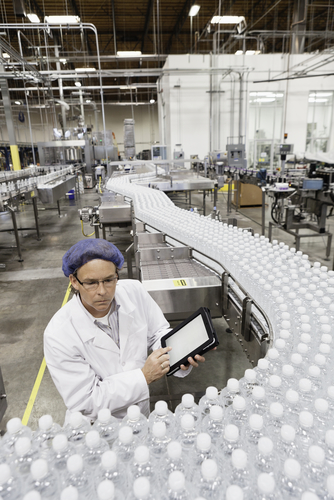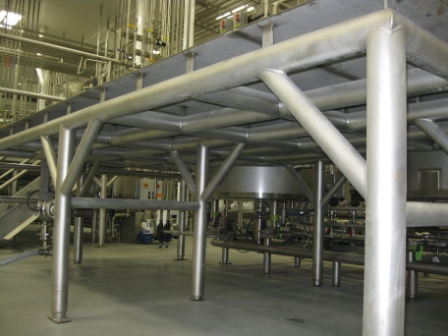New Food Safety Rules in the New Year
For the Food Safety Modernization Act (FSMA), 2014 will be a year of change. The President’s 2014 budget includes a request for $295.8 million allocated to the FDA’s food safety initiatives. According the FDA’s 2014 Congressional Budget Request, the agency’s priorities this year include:







